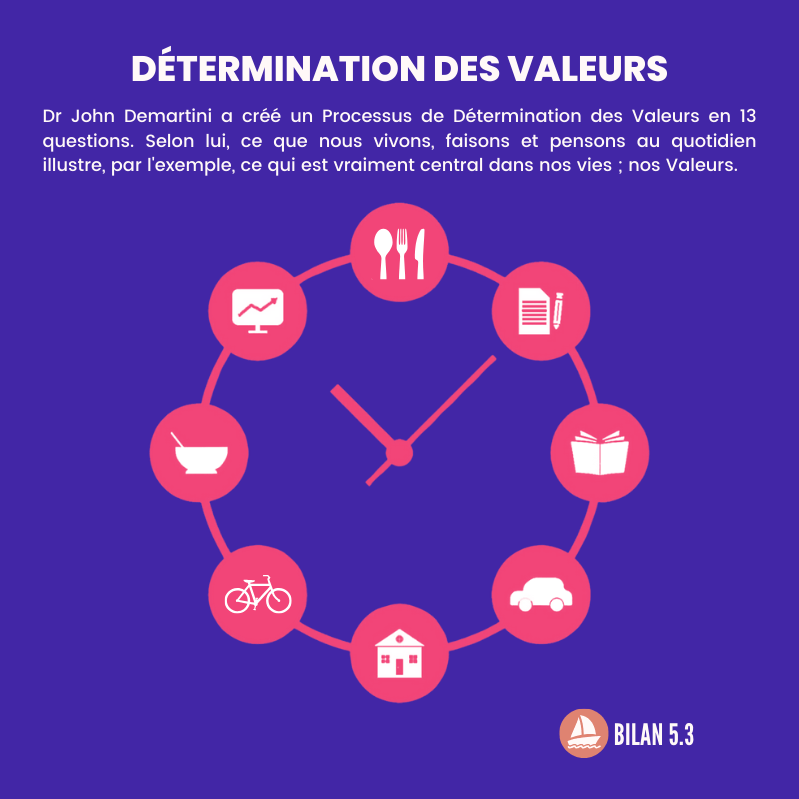
And the consequences for the tests for corona
A medical test shows whether you have a certain disease or not. The problem is that they are never 100% reliable. This also applies to corona tests, but according to scientists, that is not a bad thing.
1. How does a medical test work?
Medical tests are widely used. Doctors test people for bacteria and viruses, such as for bladder infections, corona or STDs. But also cancer or heart attacks. These medical tests help in making a diagnosis, which is why they are called ‘diagnostic tests’. Doctors want to use these diagnostic tests to distinguish between two groups: ‘well sick’ or ‘not sick’. A ‘positive test’ usually means negative news: that you are infected with corona or have contracted a bladder infection, for example.
2. How reliable is a test?
A good test gives a result that is reliable. He tells you with great certainty whether you really have the tested disease or not. You should actually investigate whether a test does that well with a large group of participants of and without a disease. Unfortunately, that is not mandatory. A diagnostic test can be marketed with a CE mark, which only guarantees that the test is usable and understandable. The legislation for medical devices that regulates this has been criticized for years. The mouth caps also fall under this flawed law. There is a new law ready but it will only be introduced in 2021 and 2022. Laboratories and doctors must therefore pay close attention to which tests they use and which they do not.
3. Why is a medical test never one hundred percent reliable?
The perfect test, which never gives a wrong result, would therefore score 100 percent on sensitivity and specificity. This ideal is almost never achievable in practice. The reliability of a medical test depends on two properties: the sensitivity and specificity.
Sensitivity:
The sensitivity of a test is the chance that sick people who do the test will actually get a positive result. In other words: the sensitivity of a test is the percentage of true positive results among the sick persons. The higher the sensitivity, the better the test identifies sick persons.
For example, a thermometer is not such a sensitive test for corona. Someone can have a fever (result positive) but that does not have to be because of the coronavirus. It could also be due to another infection. The result is then false positive.
Specificity:
The specificity of a test is the chance that healthy people taking the test will actually get a negative result. In other words: the specificity of a test is the percentage of true negative test results among the non-ill persons. The higher the specificity, the better the test identifies healthy people as healthy.
A thermometer is also not that specific test for corona. A thermometer can indicate that someone is fever-free (result negative), but that person can still have corona. After all, not everyone with corona gets a fever. The result is then false negative.
4. What does that mean for corona tests?
Tests are therefore almost never 100% reliable and quality is also poorly monitored, because the new law is not yet in place. What does that mean for corona tests? The PCR test is now the gold standard – it can detect small amounts of virus. There are also rapid tests and fortunately their quality is examined by the RIVM and hospitals. Two corona rapid tests indeed turned out to do what they promise: quickly indicate whether someone has corona. But the result is not certain. Especially if you carry very little virus with you, the test will be more ‘negative’, in other words: no corona, even though you are infected. The question then is – is that bad?
Scientists in the NEJM think not: the key question is not how well a test can detect every molecule of the coronavirus, but how well the test helps policy to contain the outbreak. The PCR test may be the gold standard for the corona test, but the result takes a few days and it is actually at sensitive. People who carry little virus and are no longer contagious can still get a positive result. To contain the outbreak, we need tests that show quickly and cheaply who is really contagious, the scientists said.














